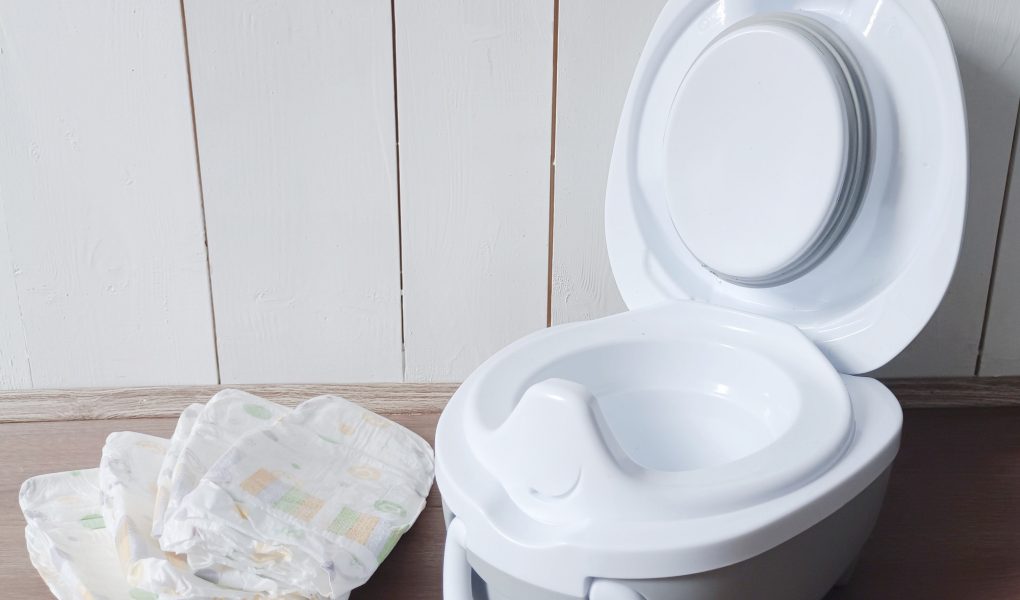[AD – Gifted] This post contains gifted item(s).
Potty training can be a challenging milestone for any child, but it can be particularly daunting for parents of an autistic child. However, with the right strategies and understanding, potty training can become a successful and positive experience for both the child and their caregivers. If you’re looking for valuable tips and techniques to help you navigate the potty training journey with your autistic child from an experienced parent, then you’re in the right place!
Create a Structured Routine
An autistic child thrives on routine and predictability. Establishing a consistent potty training routine can help them feel more comfortable and confident. Set specific times for bathroom breaks and stick to them. Use visual schedules or timers to help your child understand and anticipate these routines.
Visual Supports and Social Stories
Visual aids, such as picture schedules and social stories, can be powerful tools in teaching your autistic child new skills. Create visual supports that outline the steps involved in using the toilet. Use simple and clear images to help your child understand the process and what is expected of them.
Sensory Considerations
Autistic children often have sensory sensitivities that can impact their potty training experience. Take note of their preferences and aversions. Some children may prefer certain textures or temperatures, while others may find them overwhelming. Adjust the environment accordingly by using soft toilet paper, comfortable seating, or even introducing a reward system for motivation.
Reinforcement and Rewards
Positive reinforcement is key to motivating your child during potty training. Identify what motivates them, whether it’s verbal praise, small treats, or a special activity. Use these rewards consistently and immediately after successful bathroom trips to reinforce the desired behaviour.
Patience and Flexibility
Potty training is a process that requires patience and understanding. Be prepared for setbacks and accidents, and approach them with empathy. Avoid punishment or negative reinforcement, as it can create anxiety and hinder progress. Instead, focus on providing support, reassurance, and gentle reminders.
Communication Strategies
An autistic child may struggle with communication, which can make potty training more challenging. Encourage your child to express their needs and feelings through alternative methods, such as using visual cues, sign language, or assistive communication devices. This will help them communicate their bathroom needs effectively.
Peer Modelling and Socialisation
Incorporating peer modelling and socialisation can be beneficial for an autistic child during potty training. Arrange play dates or group activities with peers who are already potty trained. Observing their friends using the toilet can serve as a powerful learning experience and motivate your child to imitate their behaviour.
Consistency Across Environments
Ensure consistency in potty training techniques across different environments, such as home, school, or nursery. Collaborate with teachers and caregivers to establish a unified approach. This consistency will help your child generalise their skills and reinforce their understanding of the potty training process. The use of a portable potty, such as My Carry Potty, can be particularly beneficial when out and about.
The Bottom Line
Potty training an autistic child requires patience, understanding, and tailored strategies. By creating a structured routine, utilising visual supports, considering sensory sensitivities, providing positive reinforcement, and maintaining open communication, you can support your child in achieving this important milestone. Remember, every child is unique, so adapt these tips to suit your child’s individual needs. With time, consistency, and a supportive approach, you can help your autistic child succeed in potty training.



